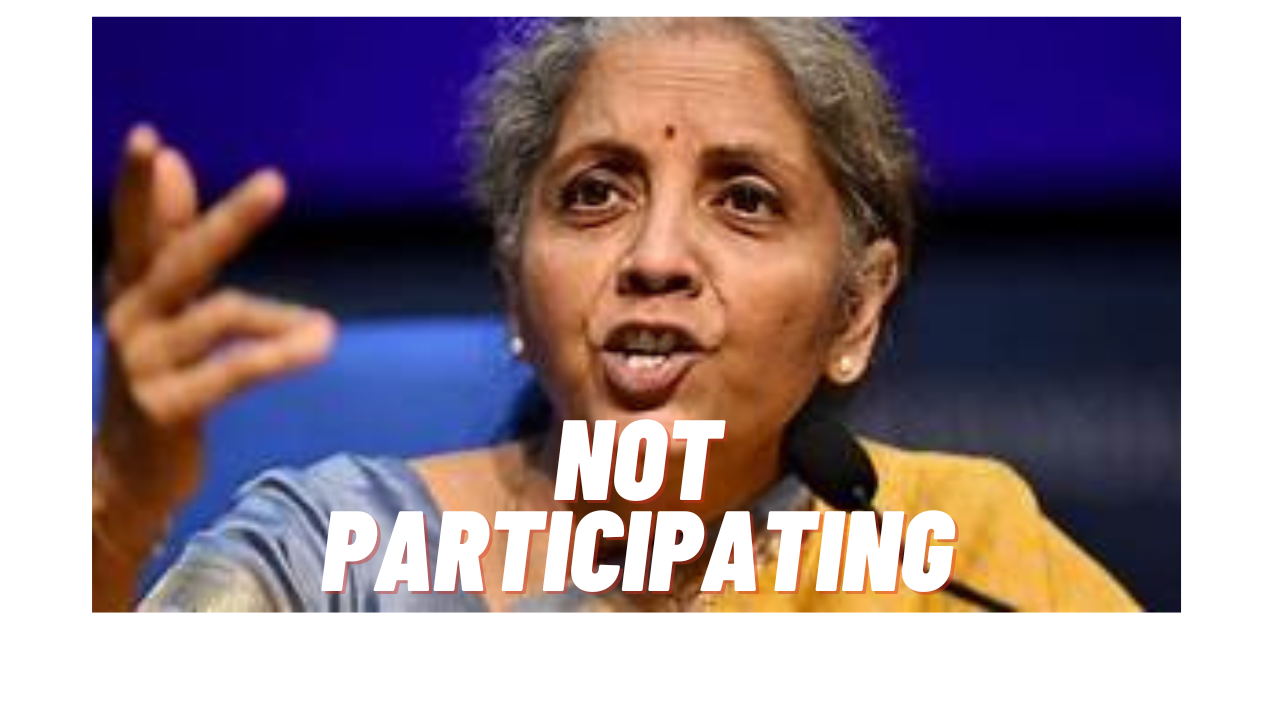DAYLIGHT SAVING: In springtime, participating states move their clocks forward by one hour on the second Sunday in March. Every year on the first Sunday in November, states reset their clocks to reflect the end of Daylight Saving Time. Official clocks in the United States will advance on Sunday, March 10, 2024, at two in the morning. The clocks “spring forward” one hour, depriving us of sleep, and Daylight Saving Time starts at two in the morning, turning us ahead by one hour.
November is the month that clocks “fall back” one hour in the fall when DST finishes. People get an extra hour of sleep at that point.
Although the purpose of daylight saving time (DST) is to increase daylight during the spring, summer, and fall, Indiana has an extremely convoluted history with DST. Although Indiana did not change its clocks for a while, Hoosiers now move their clocks forward one hour in the spring and backward one hour in the fall.
According to the U.S. Department of Transportation, as of July 25, 2022, the only states that do not observe daylight saving time are Hawaii and a small portion of Arizona. In Arizona, the only exception is the Navajo Nation.
Additionally not taking part are the territories of American Samoa, Guam, Puerto Rico, Northern Mariana Islands, and the Virgin Islands.
The website adds that under state law, states may choose not to observe daylight saving time in conformity with the Uniform Time Act, as amended.
The Hill reported in July that despite focusing more on geographic concerns than political party lines, attempts to reach an agreement over Daylight Saving Time have failed.
“The problem is that a lot of people say to me, ‘Oh, we should just have, you know, we shouldn’t switch back and forth, we should just have standard or daylight saving,’ but then they disagree over which one to enact,” Pallone stated to The Hill.
That, then, is the issue. We must agree on what will happen if we only have one time. Furthermore, I haven’t been able to reach an agreement on it. For more trending news click….




